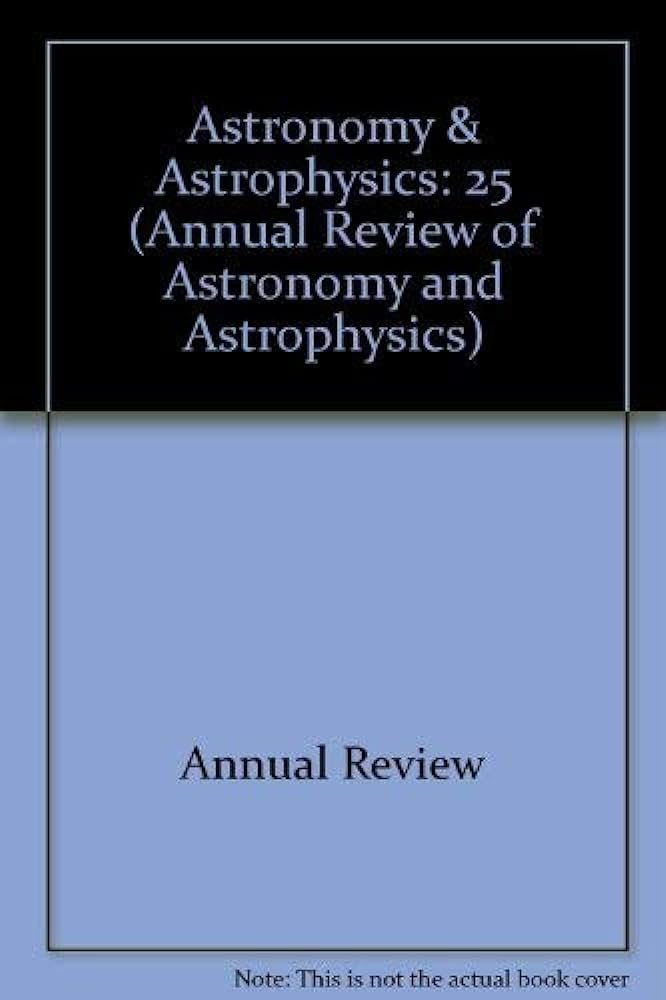New Insights into Classical Novae
IF 32.5
1区 物理与天体物理
Q1 ASTRONOMY & ASTROPHYSICS
Annual Review of Astronomy and Astrophysics
Pub Date : 2020-11-17
DOI:10.1146/annurev-astro-112420-114502
引用次数: 41
Abstract
We survey our understanding of classical novae—nonterminal, thermonuclear eruptions on the surfaces of white dwarfs in binary systems. The recent and unexpected discovery of GeV gamma rays from Galactic novae has highlighted the complexity of novae and their value as laboratories for studying shocks and particle acceleration. We review half a century of nova literature through this new lens, and conclude the following: ▪ The basics of the thermonuclear runaway theory of novae are confirmed by observations. The white dwarf sustains surface nuclear burning for some time after runaway, and until recently, it was commonly believed that radiation from this nuclear burning solely determines the nova's bolometric luminosity. ▪ The processes by which novae eject material from the binary system remain poorly understood. Mass loss from novae is complex (sometimes fluctuating in rate, velocity, and morphology) and often prolonged in time over weeks, months, or years. ▪ The complexity of the mass ejection leads to gamma-ray-producing shocks internal to the nova ejecta. When gamma rays are detected (around optical maximum), the shocks are deeply embedded and the surrounding gas is very dense. ▪ Observations of correlated optical and gamma-ray light curves confirm that the shocks are radiative and contribute significantly to the bolometric luminosity of novae. Novae are therefore the closest and most common interaction-powered transients. Expected final online publication date for the Annual Review of Astronomy and Astrophysics, Volume 59 is September 2021. Please see http://www.annualreviews.org/page/journal/pubdates for revised estimates.对古典小说的新见解
我们调查了我们对经典新星的理解——双星系统中白矮星表面的非末端热核喷发。最近从银河系新星中意外发现的GeV伽马射线凸显了新星的复杂性及其作为研究冲击和粒子加速度的实验室的价值。我们通过这个新的视角回顾了半个世纪以来的新星文学,并得出以下结论:▪ 新星热核失控理论的基础已通过观测得到证实。白矮星在失控后维持了一段时间的表面核燃烧,直到最近,人们普遍认为这种核燃烧产生的辐射只决定了新星的辐射热光度。▪ 新星从双星系统中喷出物质的过程仍然知之甚少。新星的质量损失是复杂的(有时在速率、速度和形态上波动),通常会延长数周、数月或数年。▪ 质量喷出的复杂性导致了新星喷出物内部产生伽马射线的冲击。当探测到伽马射线时(在光学最大值附近),冲击被深深地嵌入,周围的气体非常稠密。▪ 对相关光学和伽马射线-光曲线的观测证实,这些冲击是辐射性的,对新星的辐射热光度有很大贡献。因此,Novae是最接近和最常见的相互作用供电瞬态。《天文学和天体物理学年度评论》第59卷预计最终在线出版日期为2021年9月。请参阅http://www.annualreviews.org/page/journal/pubdates用于修订估算。
本文章由计算机程序翻译,如有差异,请以英文原文为准。
求助全文
约1分钟内获得全文
求助全文
来源期刊

Annual Review of Astronomy and Astrophysics
地学天文-天文与天体物理
CiteScore
54.80
自引率
0.60%
发文量
14
期刊介绍:
The Annual Review of Astronomy and Astrophysics is covers significant developments in the field of astronomy and astrophysics including:The Sun,Solar system and extrasolar planets,Stars,Interstellar medium,Galaxy and galaxies,Active galactic nuclei,Cosmology,Instrumentation and techniques,
History of the development of new areas of research.
 求助内容:
求助内容: 应助结果提醒方式:
应助结果提醒方式:


